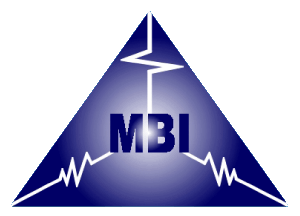Mie excitons: Understanding strong coupling in dielectric nanoparticles
Summary (expand/hide)
We theoretically analyze the hybrid Mie-exciton optical modes arising from the strong coupling of excitons in organic dyes or transition-metal dichalcogenides with the Mie resonances of high-index dielectric nanoparticles. Detailed analytic calculations show that silicon core-exciton shell nanoparticles are characterized by a richness of optical modes, which can be tuned through nanoparticle dimensions to produce large anticrossings in the visible or near infrared, comparable to those obtained in plexcitonics. The complex magnetic-excitonic nature of these modes is understood through spectral decomposition into Mie-coefficient contributions, complemented by electric and magnetic near-field profiles. In the frequency range of interest, absorptive losses in silicon are sufficiently low to allow observation of several periods of Rabi oscillations in strongly coupled emitter-particle architectures, as confirmed here by discontinuous Galerkin time-domain calculations for the electromagnetic field beat patterns. These results suggest that Mie resonances in high-index dielectrics are promising alternatives for plasmons in strong-coupling applications in nanophotonics, with the coupling of magnetic and electric modes potentially providing additional freedom for external control, whilst offering new possibilities for tailoring artificial optical magnetism.
Default Region Image



